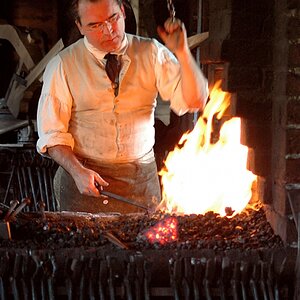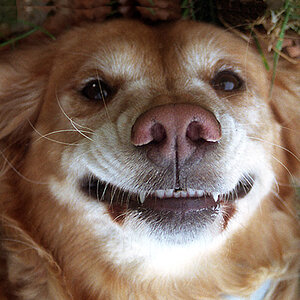Ok, so Im delving into night photography (landscapes, etc w/tripod) and have a question on aperture setting.
On many tutorials online people suggest using the widest (ie. smaller number aperture, 1.8 for example) on their lens. Although I completely understand why we would want to set it at this (ie to maximize light entering lens) this doesnt make sense since Im limiting my depth of field (and for a landscape I would expect to have to set it to the largest aperture value (ie. f22 or something equivalent to have everything in focus).
So question is, do I set it to the smallest f stop (ie. 2.8, 1.8, etc) or the largest (ie. 18, 22, etc)?? (I know this will significantly increase shutter speed, but Im using tripod and cable release)
I also assume I would only use the upper and lower ends of f stops - why/when would I use the f stops in between (5.6,11, 15, etc)
Every tutorial I see seems to be contradicting each other.
Remember this is for landscape night photography.
Thanks
On many tutorials online people suggest using the widest (ie. smaller number aperture, 1.8 for example) on their lens. Although I completely understand why we would want to set it at this (ie to maximize light entering lens) this doesnt make sense since Im limiting my depth of field (and for a landscape I would expect to have to set it to the largest aperture value (ie. f22 or something equivalent to have everything in focus).
So question is, do I set it to the smallest f stop (ie. 2.8, 1.8, etc) or the largest (ie. 18, 22, etc)?? (I know this will significantly increase shutter speed, but Im using tripod and cable release)
I also assume I would only use the upper and lower ends of f stops - why/when would I use the f stops in between (5.6,11, 15, etc)
Every tutorial I see seems to be contradicting each other.
Remember this is for landscape night photography.
Thanks







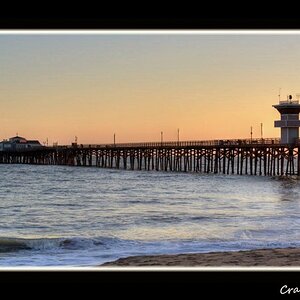
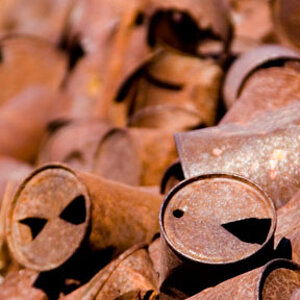
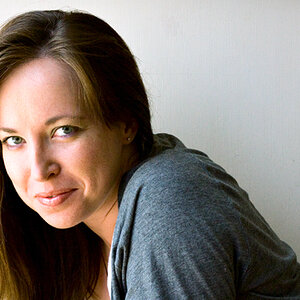
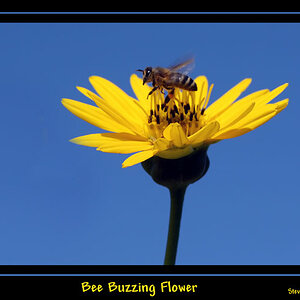
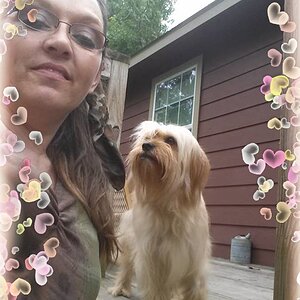
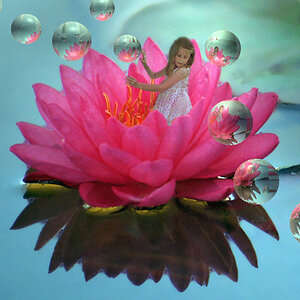
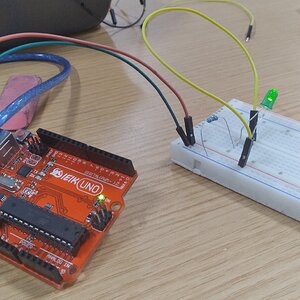

![[No title]](/data/xfmg/thumbnail/33/33023-51777cffdd160249e68e593d19942418.jpg?1619735835)
